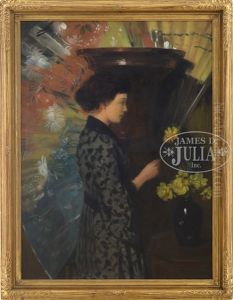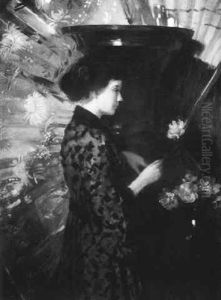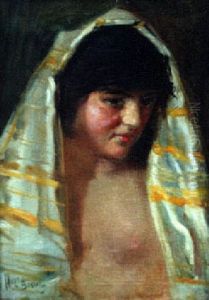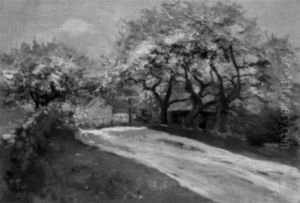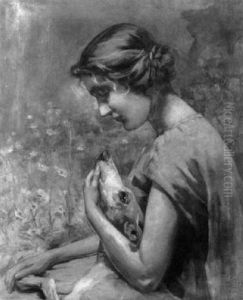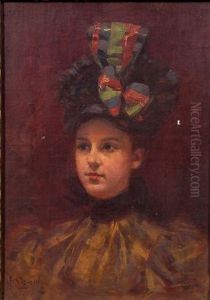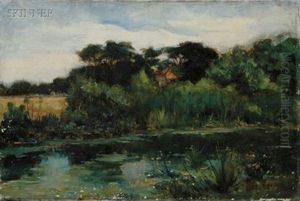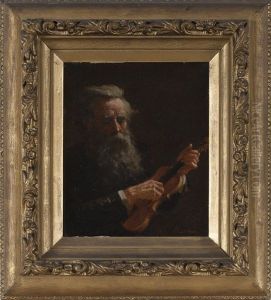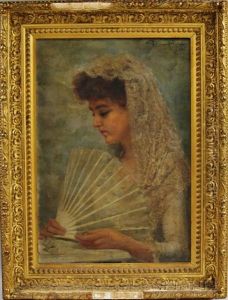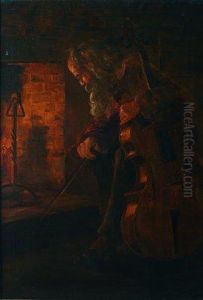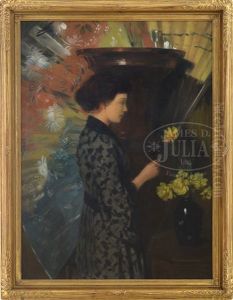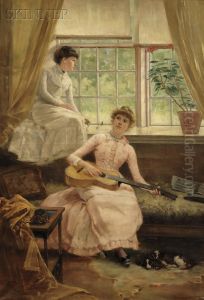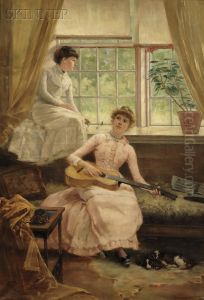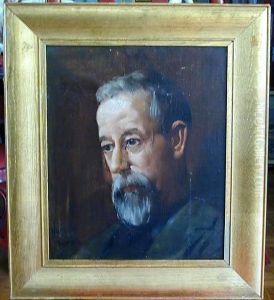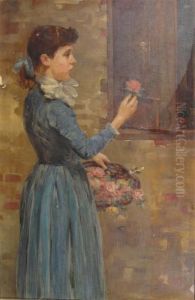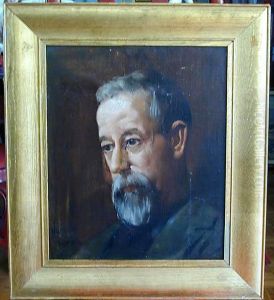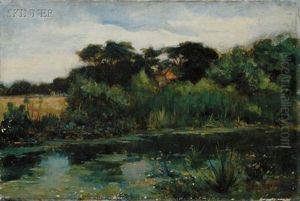Hugo Breul Paintings
Hugo Breul was a distinguished German-American artist, known for his contribution to portrait painting and teaching during the late 19th and early 20th centuries. Born in Torgau, Germany, in 1854, Breul showed an early interest in art, which led him to pursue his education at the prestigious Royal Academy of Fine Arts in Munich. There, he honed his skills in the classical traditions of painting, which would later influence his work throughout his career.
After completing his studies, Breul emigrated to the United States, where he became an influential figure in the American art scene. He settled in Hartford, Connecticut, and quickly became associated with the city's burgeoning artistic community. Breul was particularly admired for his portrait work, which captured the essence and character of his subjects with remarkable sensitivity and depth. His portraits often featured prominent citizens, academics, and public figures, earning him a reputation as a sought-after portraitist.
In addition to his work as an artist, Hugo Breul made significant contributions to art education. He joined the faculty of the Hartford Art School, where he influenced a generation of young artists. Breul's teaching philosophy emphasized the importance of classical art techniques and the study of the human form, principles that were reflected in his own artistic practice. His commitment to education and the arts was a testament to his belief in the transformative power of art.
Breul's legacy extends beyond his portraits and teaching career. He was an active member of the art community in Hartford and participated in various exhibitions, both locally and nationally. His works were showcased in prestigious venues, including the National Academy of Design and the Pennsylvania Academy of the Fine Arts. Despite his success, Breul remained dedicated to his craft, continuously exploring and refining his techniques until his death in 1923.
Hugo Breul's contribution to American art and education is remembered for its emphasis on classical traditions and the development of individual artistic expression. His portraits not only captured the likenesses of his subjects but also reflected the cultural and social milieu of his time. Through his teaching, he left an indelible mark on the students he mentored, many of whom went on to have successful careers in the arts. Breul's work continues to be studied and appreciated for its technical mastery and emotional depth, securing his place in the annals of American art history.
